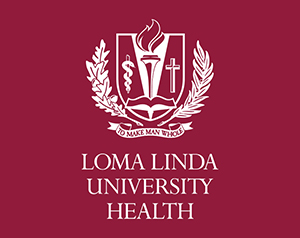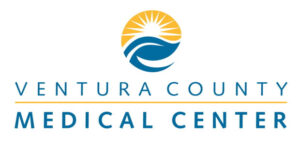Feature
Beyond Bedside
Three hospital nursing roles that don’t involve direct patient care

Photos above: Jimmy Sariya, Amin Hasan, Henry Ansorie, Becky Mendez.
While patient care remains at the heart of nursing, today’s healthcare organizations also need nurses’ expertise in a diverse array of non-bedside roles. This important work draws on your existing skills while giving you the opportunity to support patients in new ways — and sometimes on a significantly larger scale.
This article sheds light on three of these essential nursing roles.
Infection Preventionist
Protecting staff, patients, and visitors by preventing the spread of infections in the hospital setting
The COVID-19 pandemic gave us all a renewed appreciation for the need to understand and prevent the spread of infections within healthcare facilities. That important task is the focus of infection preventionist (IP) nurses, who are responsible for implementing and maintaining infection control practices, protocols, and policies within their organizations.
IP nurses conduct assessments and surveillance to identify potential sources of infection, monitor adherence to hand hygiene and personal protective equipment guidelines, and educate staff on infection prevention measures. The IP nurse also collaborates with various departments, from frontline staff to senior leadership, to develop strategies, implement outbreak control measures, and uphold a culture of safety.
Hendry Ansorie, RN-BC, MSN, CIC, an infection preventionist at UCLA Health, says that IP nurses influence the health of the entire healthcare community. “The impact of our recommendations improves the overall health of patients and healthcare workers,” he explains. “As the experts in infection control, people look to us for guidance.”
While staying up-to-date and knowledgeable is essential, Ansorie says good communication skills are just as crucial. It’s helpful for IP nurses to be comfortable with public speaking, as they must often present data and education to others. Time management and multitasking are also paramount; he often juggles multiple time-sensitive tasks and projects.
A career as an IP nurse carries significant responsibility and involves many inherent challenges. “There is always something new and novel on the horizon,” Ansorie says. However, he adds that it’s precisely this dynamic environment and day-to-day variety that he finds appealing about his role.
Most organizations prefer IP nurses to have a master’s degree, although a BSN may be acceptable. The Certification Board of Infection Control and Epidemiology offers CIC certification for IP professionals, which is recommended after two years on the job.













